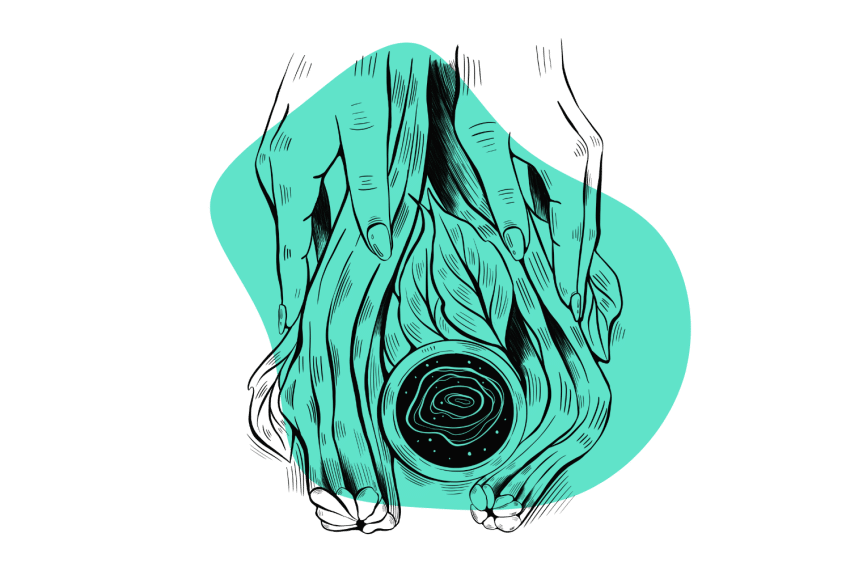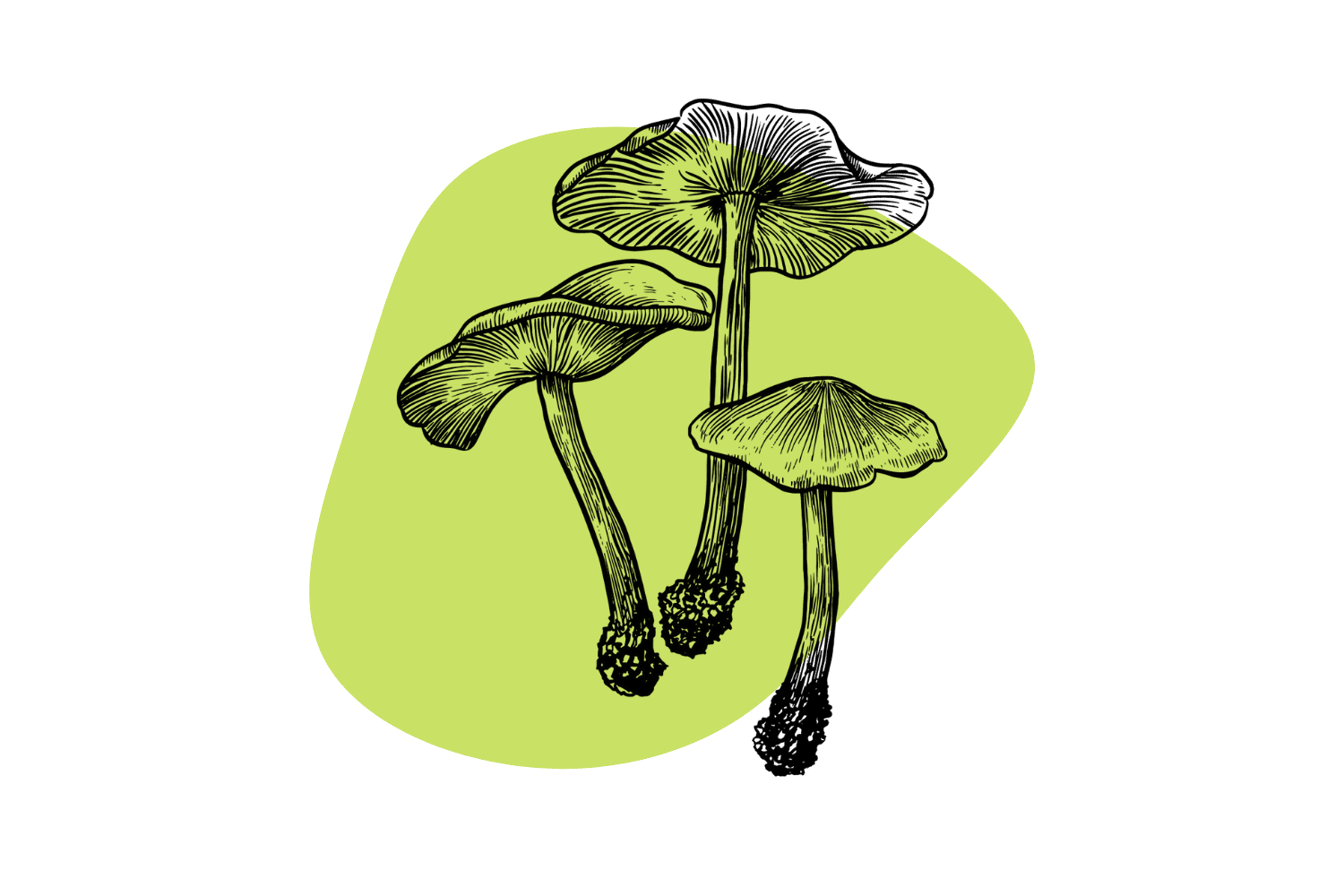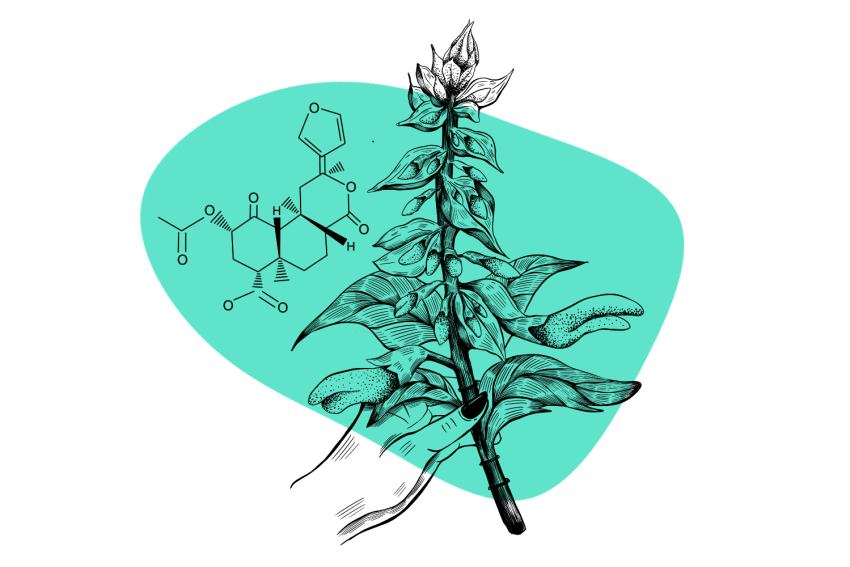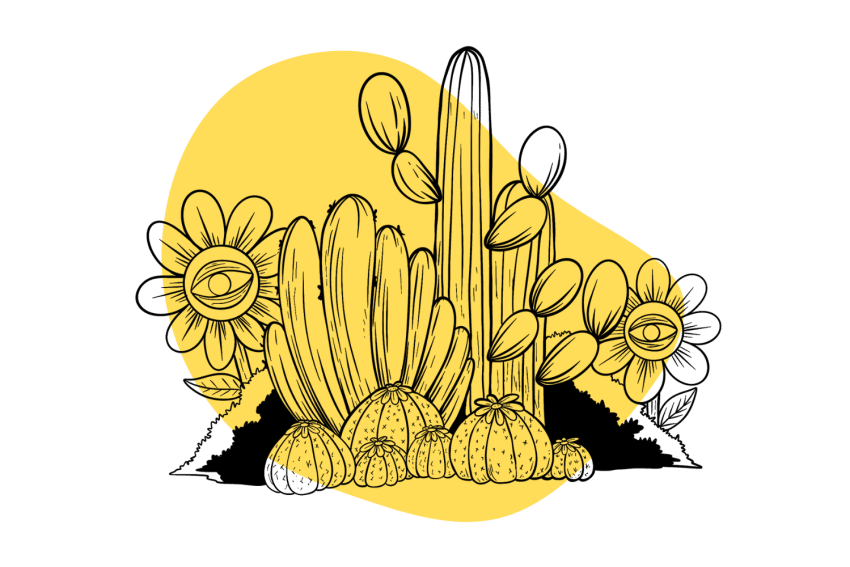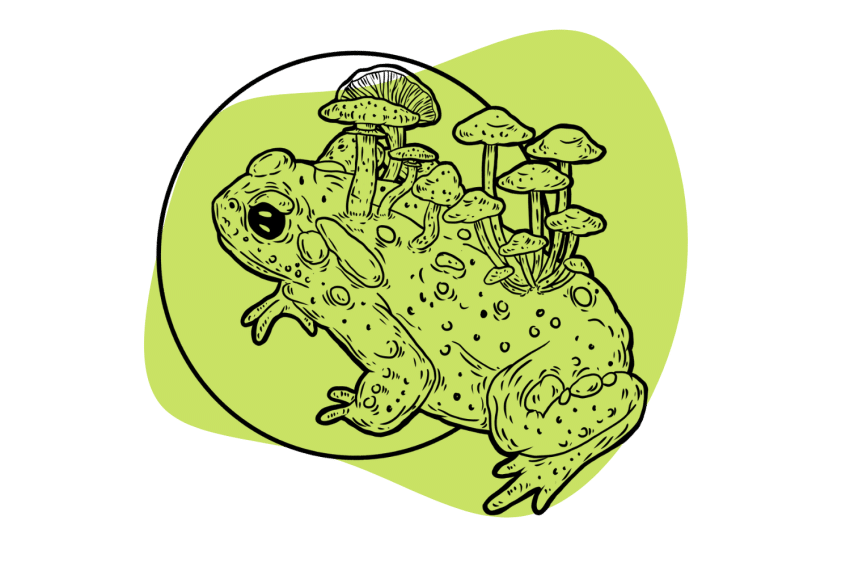Yopo (Anadenanthera peregrina): Psychedelic Snuff From the Amazon
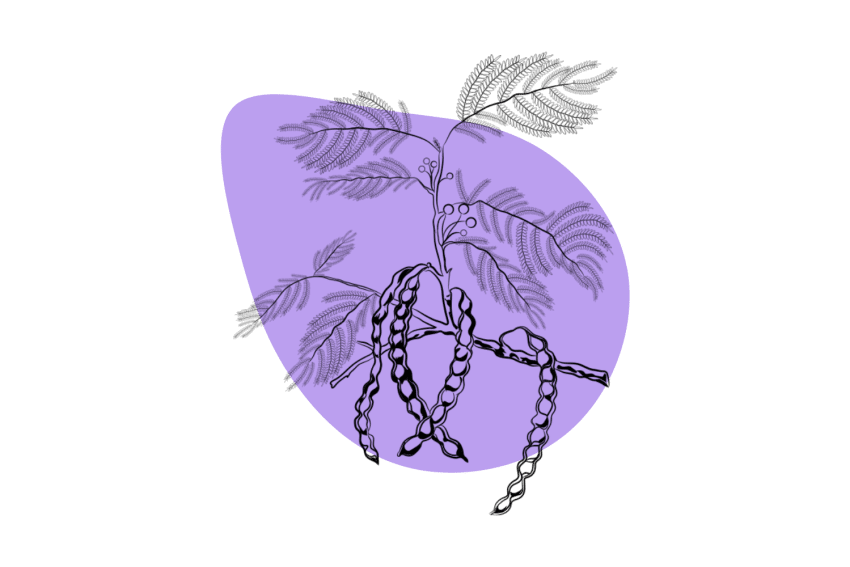
Yopo is an important entheogenic plant used by the Guahibo, Cuiva, and Piaroa peoples living within the Amazon rainforest.
This sacred plant medicine is believed to help the user connect with the natural world and the spirits that reside within it.
This herb contains a variety of known psychedelics including, but not limited to DMT.
This in-depth guide explains everything you need to know about yopo, including where it comes from, what gives it its psychoactive effects, and how to take it responsibly.
What Is Yopo?
Yopo is a common name for Anadenanthera peregrina, a tropical tree in the Leguminasease family.
Another closely-related species, Anadenanthera colubrina, is used as an alternative in some places.
Most of the ethnic groups living in the Orinoquia region of Venezuela and Colombia are known to use yopo [3]. The name of the herb will vary from one group to the next (yopo, jpop, or cohoba), but the mode of administration remains consistent among all groups.
The seeds of the yopo tree are mashed into a fine powder, loaded into a long, thin bamboo shoot, and blown directly up the user’s nostrils.
The seeds contain several psychedelic compounds, including N,N,DMT (the same active ingredient in ayahuasca), 5-MeO-DMT (the active ingredient in the Bufo alvarius toad), and bufotenin (a relatively unknown psychedelic) [2].
Interestingly, the yopo tree and its flowers closely resemble the acacia tree, which is another natural source of DMT some experts believe could be used in a similar way as yopo.
The initial effects of yopo kick in almost immediately, and the user enters a trance-like state for several minutes. Sometimes the user experiences out-of-body hallucinations, but most of the time they remain here on Earth, but with an altered perception of the world around them. It’s common for people taking yopo to “see” the spirits of the plants and animals around them.
The effects of the DMT are the strongest in yopo, making the initial effects the most potent. As the DMT wears off over the course of 15–30 minutes, only the effects of bufotenin remain, which are uniquely psychoactive and long-lasting (up to 3 hours).

Where Does Yopo Come From?
Yopo trees grow mostly in South America and the Caribbean. It requires consistently high temperatures and plenty of rainfall to thrive.
The yopo preparation is made by mashing the seeds into a fine pulp and then mixing it with the bark ash [1]. This mix produces a dough-like consistency, which is then dried to produce a fine powder. Learning how to prepare yopo the traditional way takes many years and relies on a deep understanding of the plant.
How is Yopo Used?
Anadenanthera peregrina is primarily used as a snuff — meaning it’s blown up the nose using a long, thin piece of bamboo.
There are also reports of some groups mixing yopo with the ayahuasca vine (Banisteriopsis caapi) to make ayahuasca.
Some Western users report successfully smoking yopo in combination with ayahuasca vine or another MAO inhibitor (such as Syrian rue). This preparation is usually referred to as changa.
What’s the Dose of Yopo?
Yopo should only be used in the presence of a trained shaman. It’s a powerful medicine that requires a skilled practitioner to apply. Getting the dose right is critically important, and knowing how much to use depends on a thorough knowledge of the plant, how it was grown, where it was harvested, and how it was handled after it was collected.
With that said, there are some general guidelines for dosing yopo we can cover:
- Threshold dose: ~30 mg. Most people will experience little or no psychedelic effects at this level.
- Light dose: 65–300 mg. The most common starting dose range.
- Regular dose: 300–540 mg. The most common dose range for experienced yopo users.
- Strong dose: 540–800 mg. A very strong dose that will produce unpleasant effects for most users.
- Heroic dose: >800 mg. The absolute upper limit is recommended by experts. Yopo does not have a known toxicity level, but heroic doses are typically considered unsafe.
What Makes Yopo Psychedelic?
Yopo’s psychedelic effects primarily come from bufotenin, DMT, and 5-MeO-DMT. Bufotenin is the most active ingredient in yopo, comprising 7.4% of its chemical content. It is a DMT derivative and is also found in certain species of toads and mushrooms.
DMT and 5-MeO-DMT contribute less to yopo’s overall effects since they’re present in lower concentrations of 1.6% and 0.4%, respectively. These compounds also wear off much more quickly than bufotenin, so the effects that persist beyond about 30 minutes are believed to be almost exclusively due to the bufotenin content.
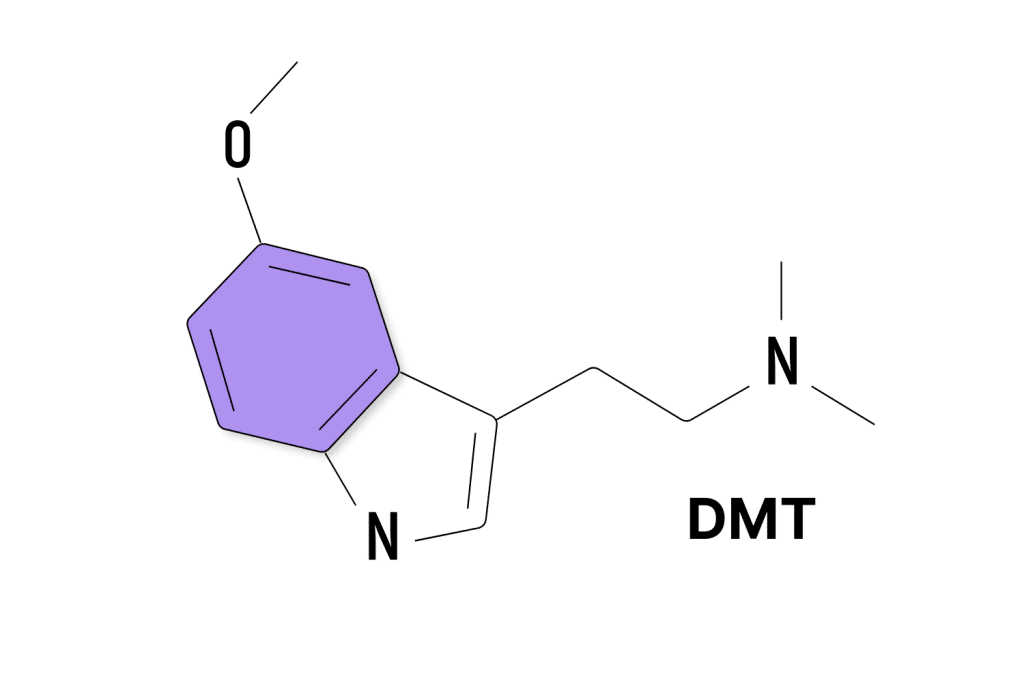
What Are the Effects of Yopo?
Yopo is most comparable to ayahuasca and 5-MeO-DMT. It’s not quite as powerful as 5-MeO-DMT and not as long-lasting as ayahuasca. But it shares qualities of both substances.
People who take yopo often fall into a trance where they experience profound shifts in reality, out-of-body experiences, closed-eye visuals, and shifts in consciousness.
The most common effects reported by yopo users include:
- Speaking with gods
- Loss of sense of time
- Out-of-body experiences
- Communicating with inanimate objects
- An overwhelming sense of spiritual awakening
Many users say that yopo is one of the more intense psychedelics they’ve taken and recommend new users use caution. However, one of the primary draws of using yopo over other similar substances is the feeling of peace and calm that comes after the effects start to wear off.
Many reports from people who have taken yopo suggest they feel more connected to themselves and the universe after taking yopo and that they settle into a deep trance-like state filled with inner peace. This is something that’s often attributed to psychedelics strong enough to incite mystical-type experiences, including but not limited to LSD, DMT, and magic mushrooms.

Are There Any Side Effects of Taking Yopo?
There aren’t any known cases of overdosing on yopo, but many users experience some unpleasant side effects.
The most common complaint among yopo users is the burning sensation they get after taking it through their nose (unsurprisingly).
Other, less common side effects include nausea, vomiting, and anxiety. However, the purging associated with ayahuasca is far less common when using yopo. This is because the primary purgative in ayahuasca is the MAO inhibitor (the ayahuasca vine itself). Yopo doesn’t (usually) contain any of this vine.

How Long Do the Effects of Yopo Last?
Yopo’s effects only last about an hour, but some users experience residual effects for up to 3 hours. The peak effects occur around 10–20 minutes after ingestion and remain in place for about 20 minutes before starting to come back down to Earth.
Is Yopo Legal?
Yopo is legal to possess in the United States except for Louisiana, where it was officially regulated in 2005.
The plant and its seeds are also listed as prohibited for import in Australia and New Zealand, but there are no other countries that specifically ban this herb or its seeds.
The active ingredients DMT, 5-MeO-DMT, and bufotenin, are all banned from sale in the United States.

How Does Yopo Compare to Other Psychedelics?
Yopo is essentially bufotenin and DMT snuff, so the active ingredient is the same as other prominent psychedelics that contain DMT or related compounds.
Bufotenin and DMT are both members of the larger tryptamine psychedelics class, which is home to such compounds as mescaline, psilocybin (magic mushrooms), LSD (and other lysergamides), and the 2C-X family of psychedelics.
All of these substances work by interacting with the 5HT2A receptors as well as a blend of other serotonergic, dopaminergic, and GABAergic mechanisms in different ways.
The yopo experience fluctuates quite a bit. The early effects are comparable to 5-MeO-DMT, producing a very powerful and forceful experience that quickly tapers off to a more relaxing and geometric high comparable to ayahuasca.
During the later stages (around the 45-minute mark), users often report feeling as though they’re floating or flying, rather than being “pushed” or “pulled” throughout the experience. This feels more similar to high-dose mescaline.

Final Thoughts: What Are the Effects of Yopo?
Yopo is not as well known as other popular psychedelics like LSD or magic mushrooms, but it is one of the oldest known entheogens. It’s a staple for certain tribes in the Amazon rainforest and parts of the Caribbean, where the yopo tree grows naturally.
Yopo trips are relatively short-lived and intense — lasting up to 3 hours in total. However, most users experience no effects by the two-hour mark. Side effects of taking yopo are relatively mild outside of a burning sensation in the nose due to snorting it and the general fatigue that comes with using powerful psychedelics.
References
- Rodd, R. (2002). Snuff synergy: Preparation, use, and pharmacology of yopo and Banisteriopsis caapi among the Piaroa of southern Venezuela. Journal of psychoactive drugs, 34(3), 273-279.
- Mota, G. S., Sartori, C. J., Miranda, I., Quilho, T., Mori, F. A., & Pereira, H. (2017). Bark anatomy, chemical composition, and ethanol-water extract composition of Anadenanthera peregrina and Anadenanthera colubrina. PLoS One, 12(12), e0189263.
- Rodd, R., & Sumabila, A. (2011). Yopo, ethnicity and social change: a comparative analysis of Piaroa and Cuiva Yopo use. Journal of psychoactive drugs, 43(1), 36-45.


